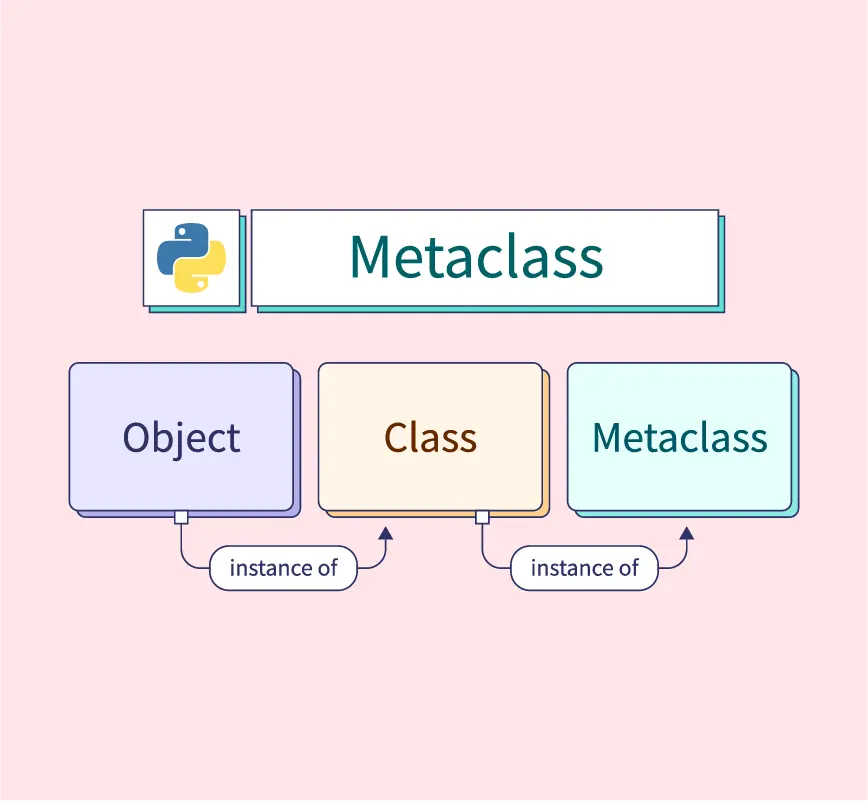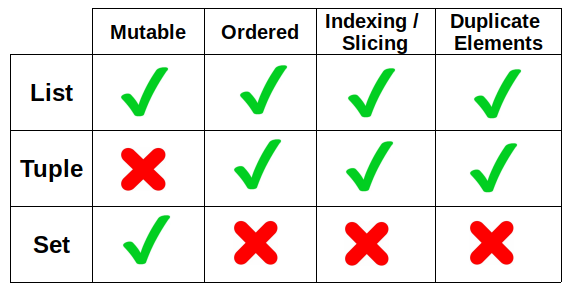What is a metaclass in Python medium?
What is a metaclass in Python medium?

I'd be happy to explain what a metaclass is in Python!
In Python, a metaclass is a class whose instances are classes. Yes, you read that correctly - a metaclass is a class that creates classes! This might seem abstract or even confusing at first, but bear with me as we dive deeper into this concept.
To understand how metaclasses work, let's take a step back and think about what happens when you define a Python class. When you write class MyClass: followed by some code indented under it, Python essentially creates a new class object that inherits from the built-in object class (unless you explicitly specify another parent class).
Now, here's where metaclasses come in. A metaclass is responsible for creating this class object when you define a class. In other words, a metaclass is like a factory or constructor that creates classes. When you define a metaclass, you're essentially telling Python to use that metaclass as the "builder" of all classes (or subclasses) that inherit from it.
Here's an example:
class MyMeta(type):def new(meta, name, bases):
print(f"Creating class {name} with {bases}")
return type.new(meta, name, bases)
class MyClass(metaclass=MyMeta):
pass
print(MyClass.dict)
In this example, we define a metaclass MyMeta that inherits from the built-in type. The __new__ method is overridden to print a message when creating a new class. We then define our "normal" class MyClass, but with an added twist - it uses MyMeta as its metaclass.
When you run this code, Python will print:
Creating class MyClass with ()
{'module': 'main', 'qualname': 'MyClass', 'doc': None}
So, what's the big deal about metaclasses? Well, here are some key benefits:
Customization: With metaclasses, you can create classes that automatically inherit certain attributes or methods from another class. This can be useful when you want to implement a specific design pattern or encapsulate behavior. Metaprogramming: Metaclasses allow you to write code that manipulates the creation of classes itself - a powerful technique known as metaprogramming. You can use this to create dynamic classes, generate code on the fly, or even create self-modifying code!In summary, metaclasses in Python provide a way to extend the built-in class creation mechanism and customize how classes are defined. By leveraging metaclasses, you can implement innovative designs, write more expressive code, and even tackle complex programming tasks.
Now, don't get me wrong - using metaclasses can be quite advanced, so it's essential to have a solid grasp of Python fundamentals before exploring this concept further!
Python metaclass vs metaclass

The eternal confusion between metaclass and __metaclass__. Let's dive into the world of Python metaclasses to understand the difference.
What is a Metaclass?
In Python, a metaclass is a class whose instances are classes. Yes, you read that correctly - a class is an instance of another class! This concept can be quite mind-bending, but stick with me, and we'll explore its significance in more detail.

A metaclass is responsible for creating and configuring the class, including setting attributes, defining methods, and performing other initialization tasks. When you define a class in Python, the metaclass is called to create an instance of that class. This instance is what we commonly refer to as a "class."

What is __metaclass__?
Now that we have a basic understanding of metaclasses, let's talk about __metaclass__. In Python 2.x, you can specify the metaclass for a class by setting the __metaclass__ attribute. This attribute takes the value of the metaclass you want to use.
For example:
class MyMeta(type):pass
class MyClass(object):
metaclass = MyMeta
In this case, when you define MyClass, Python will use the MyMeta class as the metaclass. This allows you to customize the creation and configuration of the MyClass instance.
The Difference: metaclass vs __metaclass__
Now that we've discussed both terms, let's highlight the key differences:
In Python 3.x, you should use themetaclass attribute to specify the metaclass for a class. For example:
In Python 2.x, you need to use theclass MyMeta(type):pass
class MyClass(metaclass=MyMeta):
pass
__metaclass__ attribute to achieve the same result.
Why Should You Care?
You might be wondering why metaclasses and their attributes (metaclass vs __metaclass__) are important. Well, metaclasses provide a powerful way to customize class creation and configuration. This can be particularly useful when working with complex systems or frameworks that require custom behavior.
For instance, you could create a metaclass that automatically generates certain methods or attributes based on the class's definition. You might also use metaclasses to enforce specific design patterns or coding standards.
Conclusion
In conclusion, metaclass and __metaclass__ are related but distinct concepts in Python. Understanding the difference between these terms can help you effectively utilize metaclasses to customize class creation and configuration, ultimately leading to more robust and maintainable code.
So, the next time someone asks you about metaclasses or __metaclass__, you'll be ready to confidently explain the differences and provide insightful examples!





























